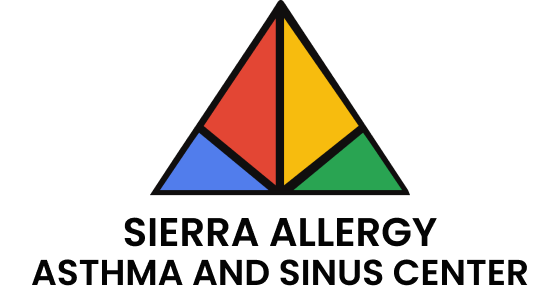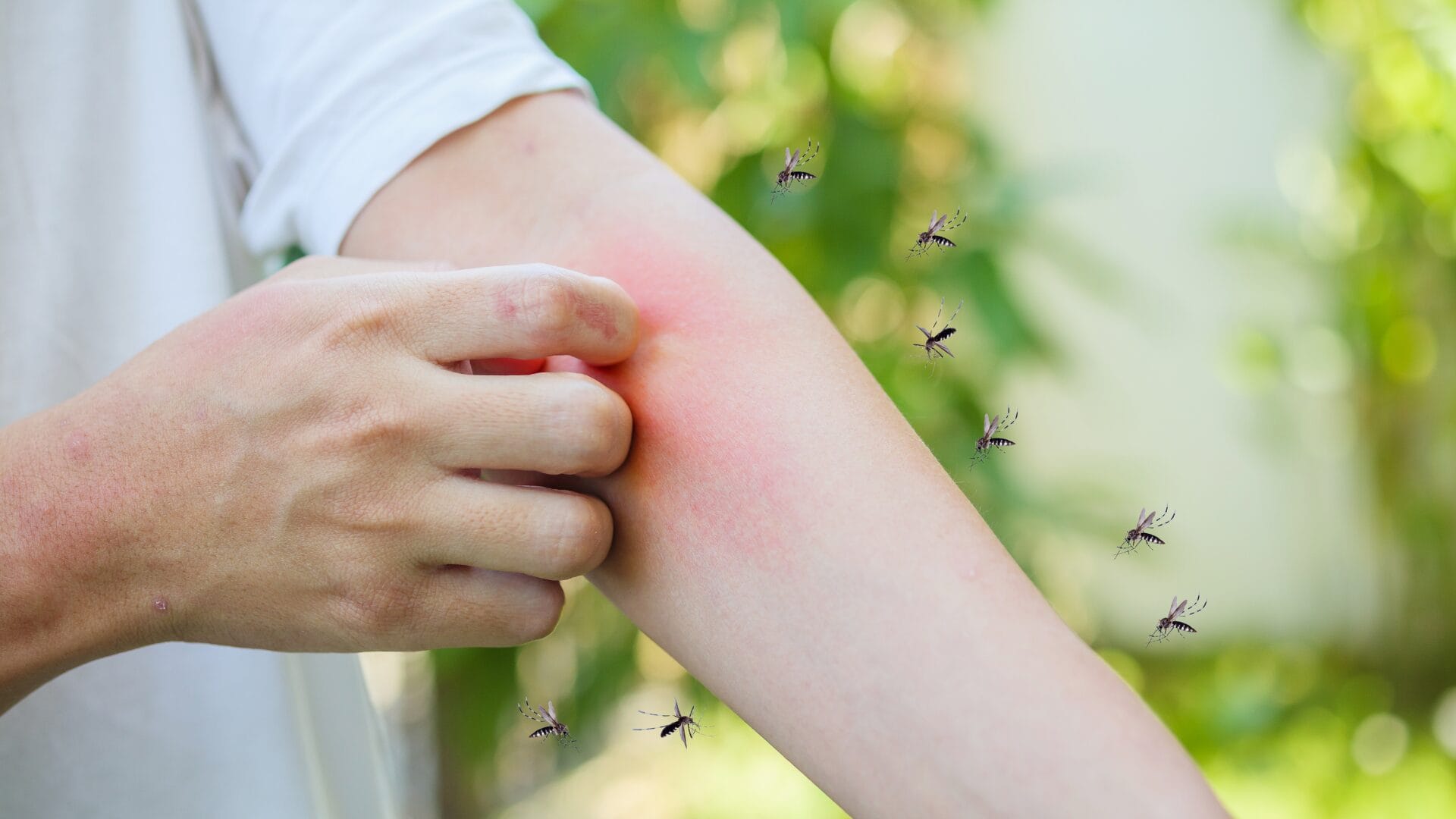Bees, wasps, and other insects are common pests for picnics and outdoor activities around the world, and their stings can be extremely painful, but for some people, these stings can be much more dangerous and potentially even life-threatening. These people experience anaphylaxis or an allergic reaction to the insect’s venom. Being prepared for such an event is extremely crucial as symptoms of anaphylaxis can come on rapidly, so being able to recognize and quickly respond to an allergic reaction is absolutely paramount. So what do you do if you’re stung by a bee or wasp? In this article, we’ll go over how to understand and respond to a reaction, sting prevention, and much more.
What to Do if You Experience an Allergic Reaction
So what do you do when you have an allergic reaction to an insect sting? How do you even know you’re having one? Let’s take a look at what the step-by-step guide to managing an allergic reaction is.
Signs of an Allergic Reaction
If you’re stung by an insect, it’s essential to recognize the signs of an allergic reaction, which can be life-threatening. Here are the common signs to look out for:
Mild Symptoms:
- • Pain: A sharp, stinging pain at the site of the sting
- • Redness: Redness and inflammation around the sting site
- • Swelling: Swelling at the site of the sting, which can spread to surrounding areas
- • Itching: Itching or prickling sensation at the site of the sting
- • Warmth: A warm or hot sensation at the site of the sting
Moderate Symptoms:
- • Hives: Hives or welts that appear at the site of the sting or elsewhere on the body
- • Nausea: Nausea or stomach discomfort
- • Vomiting: Vomiting or diarrhea
- • Dizziness: Dizziness or light headedness
- • Headache: Headache or fatigue
Severe Symptoms (Anaphylaxis):
- • Constriction of the airways: Difficulty breathing, wheezing, or coughing
- • Rapid heartbeat: Rapid or irregular heartbeat
- • Fall in blood pressure: Dizziness, fainting, or loss of consciousness
- • Swelling of the face, lips, or tongue: Swelling of the face, lips, tongue, or throat
- • Abdominal cramps: Severe abdominal cramps or diarrhea
- • Confusion or loss of consciousness: Confusion, disorientation, or loss of consciousness
A sting for most may be an annoyance or a day or 2 of discomfort, but for those who are allergic, anaphylaxis from bee stings can be potentially deadly and a quick emergency response to these stings is absolutely necessary.
When Should You Be Concerned?
An allergic reaction can vary in severity and in onset of symptoms depending on the person who has been stung, here is a general guideline on how you should respond based on severity.
Timeline of Allergic Reactions from Insects:
For mild and moderate reactions, symptoms appear in around 15-30 minutes, and peak within an hour or so, and they will start to gradually reside. For cases where it is anaphylaxis, however, symptoms may start to show within 5 minutes, and peak within 15 minutes, requiring immediate attention.
When is it an Emergency?
You should immediately seek medical attention if you start to experience any of the anaphylaxis symptoms such as:
- • Constriction of the airways
- • Rapid heartbeat
- • Fall in blood pressure
- • Swelling of the face, lips, or tongue
- • Abdominal cramps
- • Confusion or loss of consciousness
Emergency Treatment for Anaphylaxis.
Here are the immediate actions you should take as soon as you start to feel anaphylactic symptoms.
• Call emergency services: Call emergency services, such as #911 or #112, and provide your location and symptoms. This is extremely important, especially if there is no epinephrine available.
• Administer epinephrine: If you have an EpiPen or other epinephrine injector, administer it according to the instructions.
• Stay calm: Try to remain calm and still, as this can help slow down the spread of venom.
• Remove any constricting items: Remove any tight clothing, jewelry, or other items that may constrict the affected area.
Remember, prompt medical attention and a quick emergency response are essential in treating severe allergic reactions and preventing long-term damage.
Emergency Response: What to Do in a Life-Threatening Situation
Even if you take all precautions and correct steps after a sting, the situation could start to worsen and it may become a life-threatening emergency. What are some steps you can take if it gets to this point?
What is the Emergency Shot for a Bee Sting?
The emergency shot for a bee sting is an epinephrine auto-injector, commonly known as an EpiPen. Epinephrine is a medication that helps to:
• Constrict blood vessels: Reduce blood flow to the affected area, which can help to slow down the spread of venom.
• Relax muscles: Relax the muscles in the airways, which can help to improve breathing.
• Reduce inflammation: Reduce inflammation and swelling at the sting site.
Steps to Take While Waiting for Emergency Responders
Step 1: Remain Calm
Try to remain calm and still, as this can help slow down the spread of venom. If the person who was stung is conscious, reassure them that help is on the way.
Step 2: Administer Epinephrine (if available)
If the person who was stung has an EpiPen or other epinephrine auto-injector, administer it according to the instructions. Follow the instructions provided with the EpiPen or epinephrine auto-injector.
Step 3: Remove Constricting Items
Remove any tight clothing, jewelry, or other items that may constrict the affected area. Loosen any tight clothing that may be constricting the affected area.
Step 4: Keep the Person Comfortable
Try to keep the person still and calm, as this can help slow down the spread of venom. If the sting is on an arm or leg, elevate the affected area above the level of the heart. If the person is feeling cold or anxious, provide a blanket to keep them warm and comfortable.
Step 5: Gather Information
If possible, gather information about the person’s medical history, including any allergies or pre-existing medical conditions. Note the time of the sting and any symptoms that have occurred since then.
Conclusion
Hopefully, now you’re a bit more informed on how to recognize and respond to a severe allergic reaction, the most important thing to remember is that if you begin to experience severe symptoms, then you must act quickly, remain calm, and contact emergency services.

